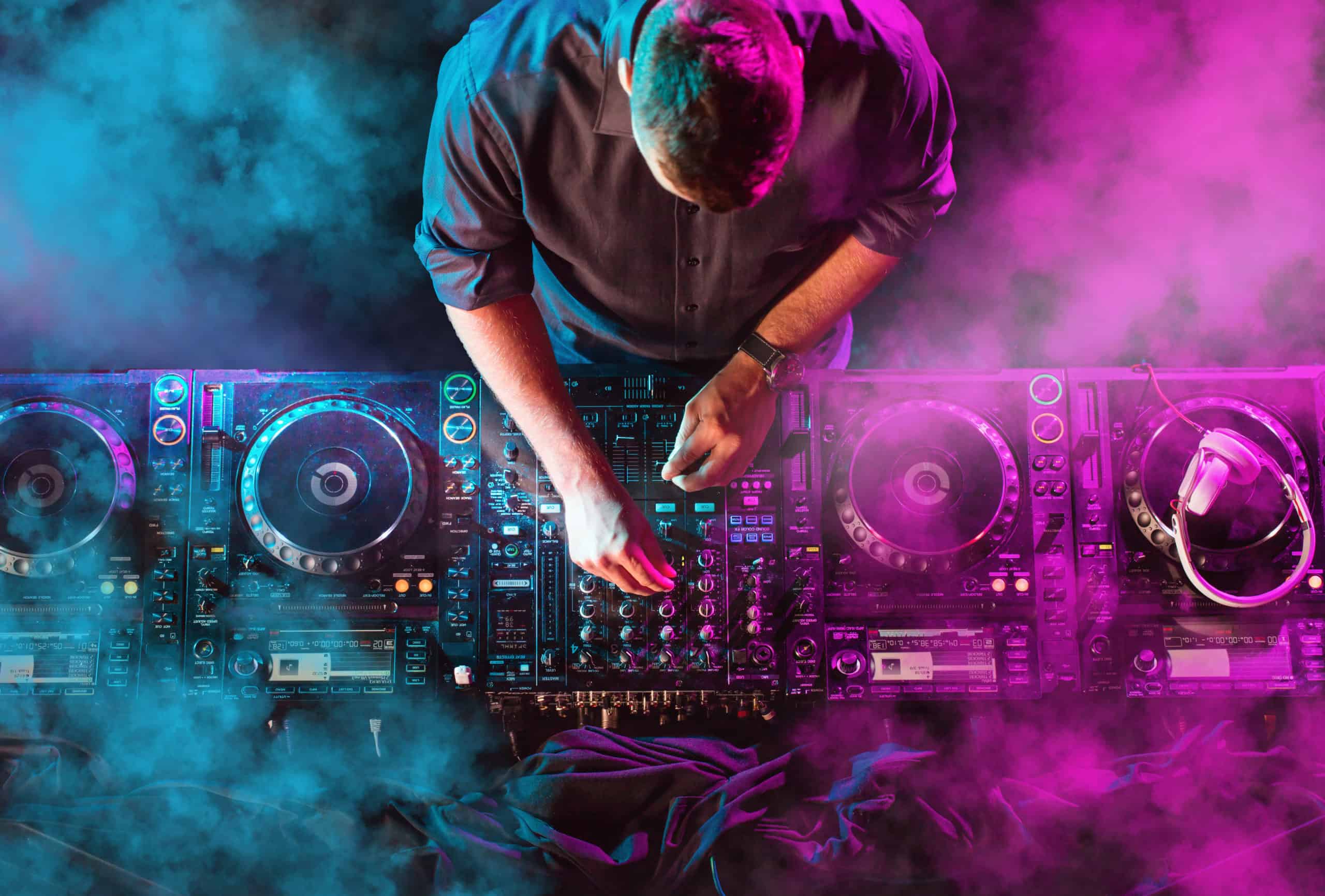For as long as anyone can remember, music of all genres and types has had a profound effect on its listeners, both evoking emotional responses and providing solace. The desire to create and experience music has always been present in humans, whether they are happy or unhappy, alone or with others.
Both the art of composing music and the instruments used to play it have improved significantly in the 20th and 21st centuries, providing millions of dollars in revenue and countless hours of amusement. Contemporary music fans can choose from a wide range of genres, and many notable performers have gained success by composing and creating works that resonate strongly with listeners. When people refer to electronic music, they are usually talking about one of the most popular genres in the modern music industry. Decades after their deaths, John Cage, Karlheinz Stockhausen, and Alvin Lucier’s electronic pieces are still regularly performed and lauded. To put it simply, these three musicians are among the most popular in the music industry.
This article explores the albums, videos, and live performances of the three electronic musicians during the past few years. The research also connects the works of these artists to the greater narrative of electronic music’s evolution. The essay begins with an introduction to electronic music and its current position before analyzing the works of John Cage, Karlheinz Stockhausen, and Alvin Lucier.
The Past and Present of Electronic Music
German artists didn’t start to use electric generators to make music until 1953. During the 1950s, there was a lot of growth in electronic music, especially in the United States and Japan. By the end of the decade, it was even possible to show algorithmic computer composition.
Electronic music has become more popular in the past few years. When the transistor was invented in the early 1900s, it was a turning point in the history of electronic music. This was the first step in a chain of events that led to the collection of devices called thermogenic valves. In the years that followed, electronic music grew into its subgenre of music. In the history of electronic music, the arrival of the transistor in the 1950s was a turning point.
John Cage
John Cage will forever be known as a musical legend due to his many innovative experiments and forward-thinking concepts. Cage’s live concerts began with percussion instruments, attracting enormous audiences. Cage is credited with the development of the ‘prepared piano’ for his live performances at these concerts. Cage used this apparatus to attach metal, wooden, and rubber objects to the piano strings, hence the creation of the ‘prepared piano’. People admired his willingness to take chances and experiment, and he is credited with launching several new musical movements. Cage’s influence can also be observed in poetry, video art, printmaking, and painting, among others. In the year 1992, Cage passed away.
Karlheinz Stockhausen
Karlheinz, often known as Karl Heinz, is a 1928-born American actor of German descent. Stockhausen is well-known in the realms of music theory and pedagogy. Stockhausen is unanimously acknowledged as one of the most talented individuals who has ever lived. His risky, inventive designs are among the finest ever made. As a result of his now-famous series of music techniques, people all around the world have derived immense pleasure from art. Stockhausen’s complex contrapuntal systems may appear chaotic at first, but his ability to engage an audience via improvisational rhythmic movement, tone repetition, dissonance, and percussion effects is well worth the effort.
Alvin Lucier
Alvin Lucier is always mentioned first when discussing freeform electronic music. His achievements will last. By 1966, Lucier had worked with John Cage, David Tudor, and the Cunningham Dance Company. His ONCE performances are among his lasting contributions to electronic music. The Sonic Arts Group grew into the Sonic Arts Union (from 1966 to 1976). Many consider Lucifer to be the most representative musician of the new century. He wrote many genre pieces. Because of Lucier’s ideas, electronic music is a new type of entertainment in which the listener enjoys a chaotic range of sounds.
In conclusion, Lucier used the new technology to create fantastic sound and vocal modulation, Cage disrupted the tape recorder’s usual use. He used a tape recorder to startle the public. Stockhausen sought live performance opportunities for his experimental orchestras and sound design. He considered the experiments, which featured an orchestra, vital for electronic music’s progress. All three have an equal chance of success. Their work made them electronic music idols. Their contributions to electronic music are well known, and their performances were unforgettable. Each trio has contributed so much to electronic music that dedicated fans can’t ignore them.
Photo: Vladimir Hodac/Shutterstock
You might also like:
Support us!
All your donations will be used to pay the magazine’s journalists and to support the ongoing costs of maintaining the site.
Share this post
Interested in co-operating with us?
We are open to co-operation from writers and businesses alike. You can reach us on our email at [email protected]/[email protected] and we will get back to you as quick as we can.









